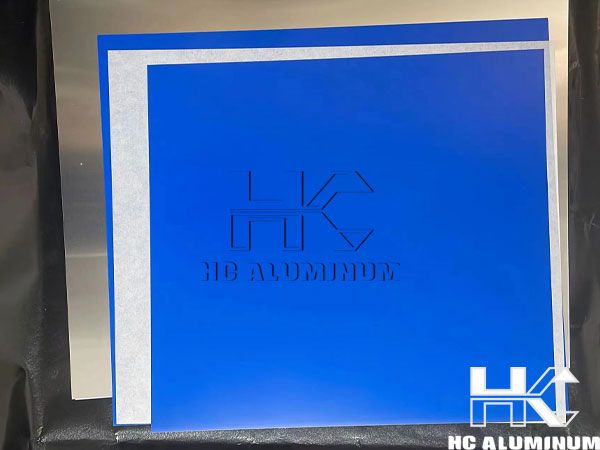
News
Double layer thermal CTP (Computer-to-Plate) plates are highly efficient printing materials for offset printing. They are widely used in commercial printing, packaging printing, book, magazine printing, and other areas requiring high quality printing. In line with the key upgrades in offset printing technology, the advantages of double layer thermal CTP plates are centered around improving quality, increasing efficiency, and protecting the environment. The core advantages of double layer thermal CTP plates for offset printing lie in their dual-layer design, which simultaneously achieves higher imaging accuracy, enhanced print durability, and a streamlined production process.

1. Higher Imaging Accuracy and Detail Reproduction
The double layer structure clearly separates the photosensitive layer from the base layer, effectively reducing haloing and edge blurring during imaging.
- Stable dot reproduction of 1% to 99% ensures clear rendering of even small text, fine lines, and gradient patterns, meeting high-resolution printing requirements (such as packaging and book covers).
- More precise response to thermal lasers, ensuring consistent imaging. This minimizes dot errors across plates during mass production, ensuring consistent color and detail in printed products.
2. Enhanced Printing Durability and Wider Applicability
A special bottom coating (typically a high-adhesion resin) significantly enhances the plate's resistance to wear and chemical corrosion.
- Typical print runs reach 100,000 to 300,000 impressions, with some specialized models exceeding 500,000, far exceeding single-layer thermal plates. This makes it particularly suitable for long-run printing (such as textbooks, periodicals, and large-volume packaging).
- Enhanced tolerance to fountain solutions and inks during the printing process reduces plate smearing and dot dropouts, reducing plate changes and improving production efficiency.
3. Improved Environmental Performance and Simplified Processes
Most double layer thermal CTP plates utilize "developer-free" or "low-chemical development" technology, significantly reducing environmental impact.
-Developer free plates eliminate the need for chemical developers; they can be printed directly after thermal imaging, reducing chemical waste discharge and lowering environmental treatment costs.
- Low chemical development types feature lower developer concentrations, require less volume, and are easily degraded. This simplifies the production process (eliminating the post-development rinsing and drying steps) and shortens pre-press preparation time.
4. Easier Operation and Strong Environmental Adaptability
Thermal imaging technology itself is insensitive to ambient light, and the stability of its double-layer structure further enhances operational convenience.
- Unlike photosensitive CTP plates, the printing plates do not require strict light protection during storage, handling, and operation, simplifying workshop environmental control and reducing plate waste caused by operational errors.
- Compatible with mainstream thermal CTP platemakers, they can be upgraded without replacing equipment, reducing the cost of technology upgrades for businesses.
Double layer thermal CTP plates for offset printing represent the development trend of modern printing technology, combining the convenience of digitalization with the high-quality requirements of traditional printing, making them an indispensable material in the offset printing industry. With continuous technological advancements, the performance and environmental friendliness of these plates are also continuously improving.
PRODUCTS
ONLINE CONSULTATION
If you have any questions, please contact us and we will contact you as soon as possible.
Leave A Message
If you are interested in our products and want to know more details, please leave a message here, we will reply you as soon as we can.

